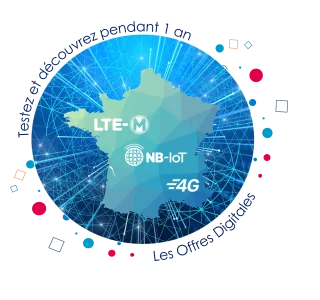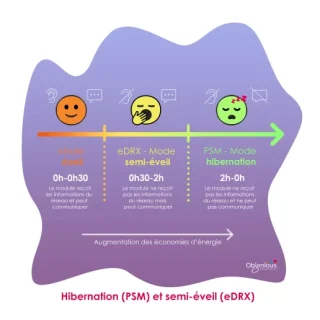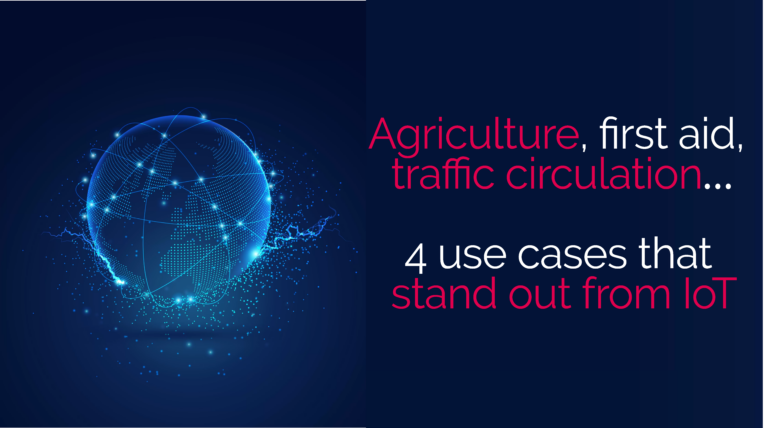Objenious expands its technological offering with 4G LTE. This complete range of solutions provides you with personalized support for a successful and customized transformation.
LTE-M

Naturally, IoT project carriers are turning to LTE 4G technology. Combining longevity, reliability, cost-effectiveness, scalability, and low energy consumption (LPWAN features), LTE-M also offers the advantages of 4G technology, such as mobility and high throughput. By choosing LTE-M, you benefit from:
- Throughput of up to 1 Mb/s suited for most IoT use cases
- Reliability and security of a cellular network
- Guaranteed technological longevity (compatible with 5G)
- High energy autonomy (up to 10 years)
- Low-cost modules
- Better performance in underground and semi-underground areas
- SMS compatibility to communicate with your module
- Mobility: a high-performance connection even at 100 km/h
Performance
High autonomy
Longevity
SMS Compatible
Economical
Mobility
Video focus
Why and how to adopt LTE-M, the essential new generation of cellular IoT?












